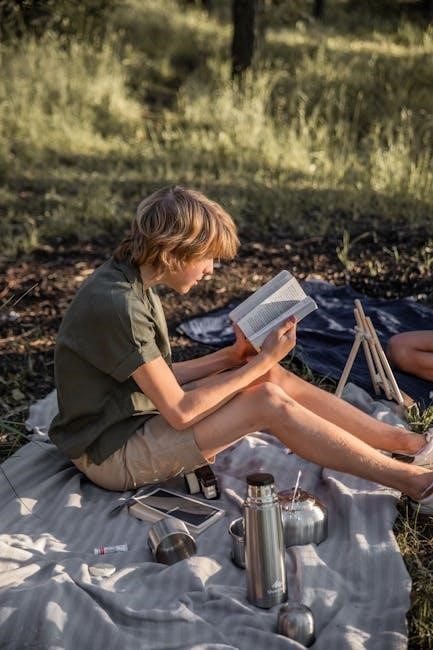The Junior Camper Badge is an exciting award for Girl Scout Juniors, fostering outdoor skills, teamwork, and environmental stewardship. It encourages girls to explore camping, cooking, and safety while promoting Juliette Gordon Low’s vision of empowering girls through nature and leadership.
Overview of the Junior Camper Badge
The Junior Camper Badge is designed to equip Girl Scout Juniors with essential outdoor skills and a deeper appreciation for nature. It focuses on camping fundamentals, environmental stewardship, and teamwork, while encouraging girls to step out of their comfort zones and embrace new experiences. To earn the badge, participants must complete activities such as planning a camping trip, learning outdoor skills, and engaging in eco-friendly practices. The badge emphasizes the importance of Leave No Trace principles and minimal impact camping to protect the environment. By mastering these skills, girls gain confidence, leadership abilities, and a lifelong love for outdoor adventures. The structured steps ensure a comprehensive learning experience, making the Junior Camper Badge a meaningful achievement for young Girl Scouts.
Importance of Outdoor Skills for Girl Scouts
Outdoor skills are fundamental for Girl Scouts, fostering independence, confidence, and a deep connection with nature. These skills empower girls to navigate the outdoors safely, work collaboratively, and develop problem-solving abilities. By learning to camp, cook, and navigate, girls build resilience and self-reliance, essential for personal growth. Outdoor experiences also promote environmental stewardship, teaching girls to respect and protect natural spaces. The Junior Camper Badge emphasizes these values, ensuring girls gain practical knowledge while fostering a lifelong appreciation for nature. Through these experiences, Girl Scouts become capable leaders, ready to take on challenges and inspire others to explore and care for the outdoors. These skills are not only vital for camping but also for everyday life, promoting a sense of adventure and responsibility.
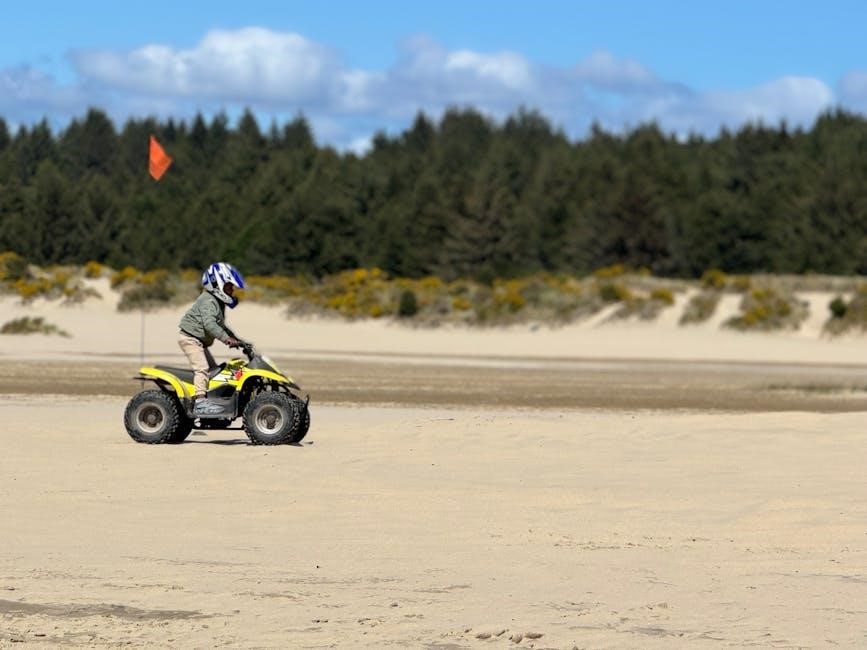
Steps to Earn the Junior Camper Badge
Earning the Junior Camper Badge involves planning a camping trip, learning outdoor skills, preparing meals, and engaging in nighttime activities. Girls must complete hands-on steps to achieve this award.
Step 1: Planning the Camping Trip
The first step to earning the Junior Camper Badge is planning a camping trip. Girls will learn to choose a suitable location, check weather conditions, and create a list of essential gear. They must involve their troop in decision-making, ensuring everyone contributes to the planning process. This step also includes creating a detailed plan for meals, activities, and safety measures. By doing so, girls develop leadership and organizational skills, which are key to a successful camping experience. Troop leaders can use Girl Scout resources to guide the planning process and ensure all requirements are met. This foundational step sets the stage for a fun and educational outdoor adventure.
Step 2: Learning New Outdoor Skills
In this step, girls acquire essential outdoor skills to prepare for their camping adventure. They learn how to set up a tent, start a campfire safely, and prepare meals over an open flame. Additionally, girls are introduced to Leave No Trace principles, which emphasize minimizing their impact on the environment. They also practice using camping tools and gear responsibly. Learning these skills builds confidence and self-reliance, key components of the Junior Camper Badge. Troop leaders can use activity plans to guide the learning process, ensuring girls master the necessary techniques. This step is crucial for creating a positive and safe camping experience, fostering teamwork and environmental stewardship. By mastering these skills, girls are well-prepared for their upcoming trip and future outdoor adventures.
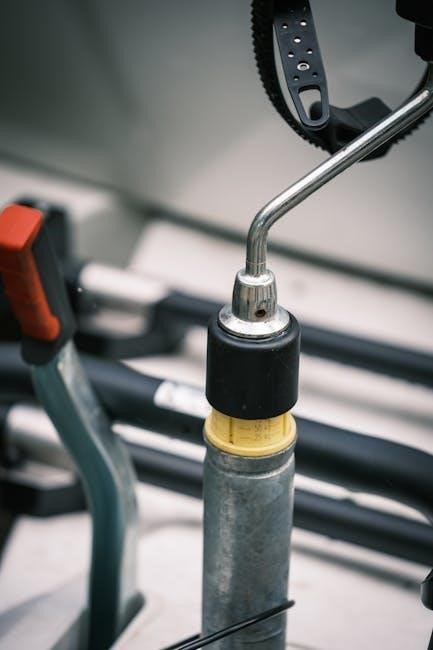
Environmental Awareness
The Junior Camper Badge emphasizes understanding and protecting the environment. Girls learn to camp responsibly, respecting nature and promoting sustainability. This fosters a lifelong commitment to conservation.
Understanding Leave No Trace Principles
The Leave No Trace principles are central to earning the Junior Camper Badge. Girls learn to minimize their impact on nature by planning trips carefully, disposing of waste properly, and respecting wildlife. These principles include staying on designated trails, keeping campsites clean, and avoiding disturbances to plants and animals; By teaching these principles to others, girls demonstrate their commitment to environmental stewardship. Understanding Leave No Trace ensures that outdoor adventures remain sustainable for future generations. This step is crucial for completing the badge requirements and fostering a deeper connection with nature. Girls are encouraged to creatively share their knowledge, such as through videos or presentations, to inspire others to adopt these practices. This educational process helps build responsibility and awareness of the importance of preserving the environment.
Practicing Minimal Impact Camping
Minimal impact camping is a key component of the Junior Camper Badge, teaching girls to camp responsibly while preserving the environment. This involves using lightweight, eco-friendly gear, minimizing waste, and leaving campsites in the same condition as they were found. Girls learn to pack reusable items like water bottles and containers to reduce trash. They also practice staying on designated trails to avoid harming vegetation and wildlife. By adhering to these practices, girls demonstrate respect for nature and contribute to its conservation. This step not only fulfills badge requirements but also fosters a lifelong commitment to protecting the outdoors. Through hands-on activities, girls gain practical skills in sustainable camping, ensuring that their adventures leave a positive impact on the environment.

Essential Camping Skills
Essential camping skills for the Junior Camper Badge include setting up camp, building shelters, and starting a campfire safely. These skills promote environmental stewardship and safety.
Setting Up Camp and Building Shelters
Setting up camp and building shelters are fundamental skills for earning the Junior Camper Badge. Girls learn to choose a safe campsite, set up tents, and construct shelters using natural materials. They practice tying knots and using tools like tarps and ropes to create sturdy structures. These activities teach problem-solving and teamwork while emphasizing environmental stewardship. Girls also learn to assess weather conditions and prepare for emergencies. Building shelters fosters creativity and resourcefulness, essential for outdoor adventures. By mastering these skills, Girl Scouts gain confidence in their ability to thrive in nature, a key part of the camping experience. This step ensures they are prepared for safe and enjoyable outdoor excursions.
Starting a Campfire Safely
Starting a campfire safely is a crucial skill for earning the Junior Camper Badge. Girls learn to identify a safe location for the fire, away from flammable materials and overgrown vegetation. They are taught to clear the area, use fire rings when available, and follow local fire safety guidelines. The process involves gathering materials like tinder, kindling, and larger logs, and arranging them in a teepee or log cabin structure. Lighting the fire with matches, a lighter, or flint and steel is practiced, along with monitoring the flame size. Girls also learn how to fully extinguish the fire using water and ensuring it is cool to the touch before leaving. This skill fosters responsibility and respect for fire while emphasizing environmental care.
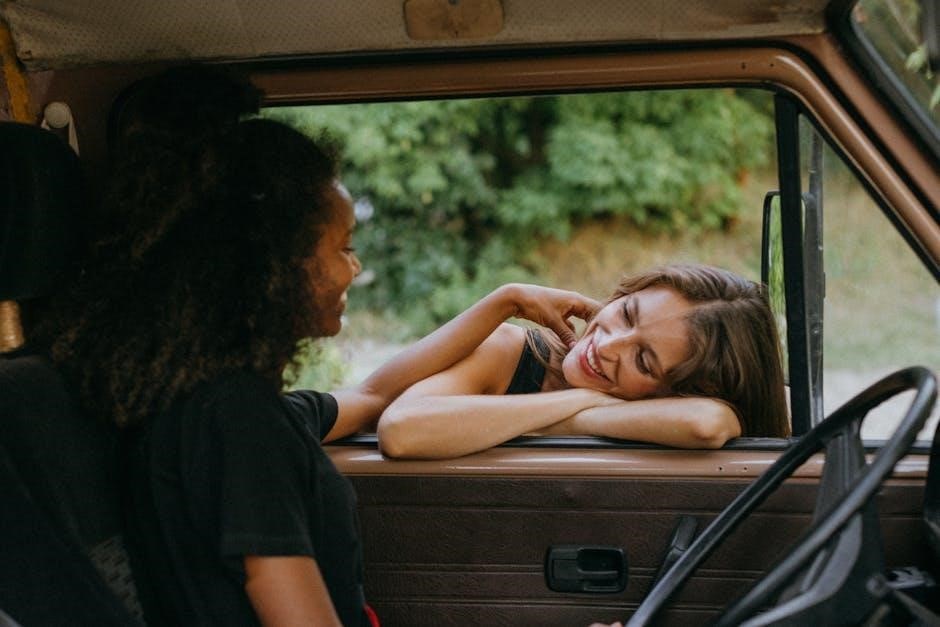
Meal Preparation in the Outdoors
Meal preparation in the outdoors is a key component of the Junior Camper Badge, teaching girls to cook healthy meals over a campfire and practice food safety.
Cooking Healthy Meals Over a Campfire
Cooking healthy meals over a campfire is a fun and essential skill for earning the Junior Camper Badge. Girls learn to prepare nutritious food using camping tools like Dutch ovens, foil packets, or skewers. Meal planning is emphasized, ensuring balanced nutrition even in the outdoors. The activity teaches creative ways to use ingredients and maintain food safety. Hands-on practice helps build confidence in cooking without modern appliances. Girls also discover how to adapt recipes for outdoor settings and clean up responsibly. This skill fosters self-reliance and teamwork, while encouraging healthy eating habits. By mastering campfire cooking, girls gain a valuable life skill and enjoy delicious meals during their adventures. This experience is a key part of becoming a confident camper and steward of the environment.
Food Safety and Storage While Camping
Food safety and proper storage are critical components of camping, ensuring a healthy and enjoyable experience. Girls earning the Junior Camper Badge learn how to handle, store, and dispose of food and waste responsibly. Proper techniques include keeping food in airtight containers, storing perishables in coolers, and maintaining a clean cooking area to prevent contamination. They also learn about the importance of keeping food and trash away from wildlife to avoid attracting animals. Understanding how to manage food and waste helps protect both the campers and the environment. These practices align with the Leave No Trace principles, fostering a deeper appreciation for preserving nature while camping. Mastering these skills ensures a safe and eco-friendly outdoor adventure.

Safety Guidelines
Safety is paramount for Girl Scouts earning the Junior Camper Badge. They learn emergency preparedness, hazard prevention, and how to respond to accidents in the outdoors.
First Aid Basics for Campers
Earning the Junior Camper Badge includes learning essential first aid skills to handle common camping injuries. Girls are taught to identify and treat minor wounds, burns, and sprains. They practice applying bandages, using antiseptics, and recognizing signs of more serious conditions. Understanding proper first aid ensures campers can respond confidently in emergencies. This skill is crucial for outdoor adventures, fostering a sense of responsibility and preparedness. By mastering these basics, girls develop lifelong skills that enhance their safety and the safety of others while exploring nature. These lessons align with the Junior Camper Badge requirements, emphasizing readiness and teamwork in outdoor settings.
Navigating with a Compass and Map

Navigating with a compass and map is a key skill for earning the Junior Camper Badge. Girls learn to identify cardinal directions, read topographic maps, and use a compass to find their way. This skill ensures they can locate their campsite, trails, and landmarks confidently. Understanding how to orient a map and plot a course is emphasized, along with using natural landmarks as guides. Girls also practice creating simple trail markers to avoid getting lost. These navigation skills are essential for safe and enjoyable outdoor adventures, fostering independence and problem-solving abilities. By mastering these techniques, Junior Girl Scouts become more self-assured explorers, ready to tackle new challenges in nature. This requirement aligns with the badge’s focus on outdoor preparedness and teamwork.
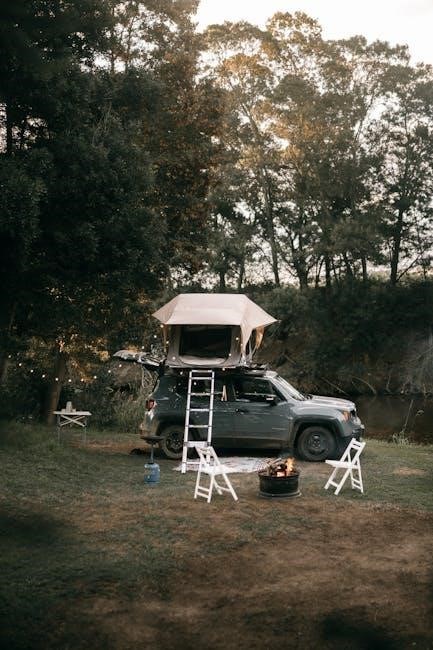
Nighttime Activities
Nighttime activities for the Junior Camper Badge include stargazing, nighttime nature walks, and campfire songs. These experiences foster teamwork, storytelling, and a deeper connection to nature.
Stargazing and Nighttime Nature Walks
Stargazing and nighttime nature walks are key activities for earning the Junior Camper Badge. Girls learn to identify constellations using star charts and discuss the importance of dark skies. These activities foster a deeper connection to nature and teamwork. Nighttime walks encourage observation of nocturnal animals and plants, promoting environmental awareness. Safety is emphasized, with girls using flashlights responsibly to minimize light pollution. Reflecting on these experiences in journals or group discussions enhances the learning process. These activities not only build outdoor skills but also inspire curiosity and appreciation for the natural world, aligning with the badge’s goal of fostering confidence and stewardship.
Campfire Songs and Stories
Campfire songs and stories are a beloved part of the camping experience and a key component of earning the Junior Camper Badge. Girls learn to lead and participate in singing traditional campfire songs, fostering teamwork and creativity. Storytelling sessions encourage imaginative thinking and bonding among troop members. Safety is emphasized, as girls learn how to handle sparklers or glow sticks responsibly during evening activities. These moments also provide opportunities for reflection, allowing girls to share thoughts about their camping experience. By engaging in these activities, girls build confidence, develop communication skills, and create lasting memories. Campfire songs and stories not only enhance the camping adventure but also contribute to the overall goals of the Junior Camper Badge, promoting leadership and outdoor appreciation.
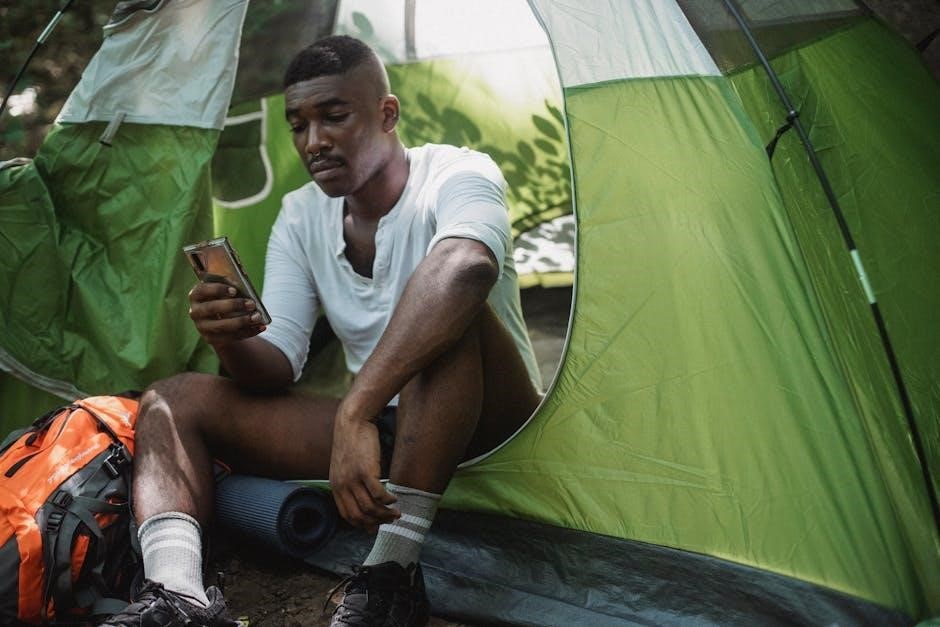
Leadership and Teamwork
The Junior Camper Badge emphasizes developing leadership skills by guiding girls to plan and lead camping activities. Teamwork is fostered through collaborative decision-making and shared responsibilities.
Leading the Troop in Planning Activities
For the Junior Camper Badge, girls are encouraged to take on leadership roles in planning camping activities. This involves collaborating with the troop to decide on the camping location, meals, and schedule. Girls learn to delegate tasks, ensuring everyone contributes and feels included. Activities such as mapping routes, setting up camp, and organizing meals help develop problem-solving and organizational skills. By leading discussions and making decisions, girls build confidence in their ability to guide others. This step fosters teamwork and prepares them for future leadership roles. Troop leaders can provide guidance while allowing girls to take ownership of the planning process.
Encouraging Participation and Inclusivity
To earn the Junior Camper Badge, girls are encouraged to foster an inclusive environment where every member of the troop feels valued. This involves creating opportunities for participation in planning and executing camping activities. Icebreakers and team-building exercises help girls connect and collaborate effectively. Leaders should ensure that all voices are heard and that each girl has a role based on her strengths and interests. This not only builds confidence but also promotes a sense of belonging. Inclusivity extends to ensuring that all girls, regardless of abilities or backgrounds, can contribute meaningfully to the camping experience. By encouraging equal involvement, the troop strengthens its unity and prepares girls to lead with empathy and understanding.
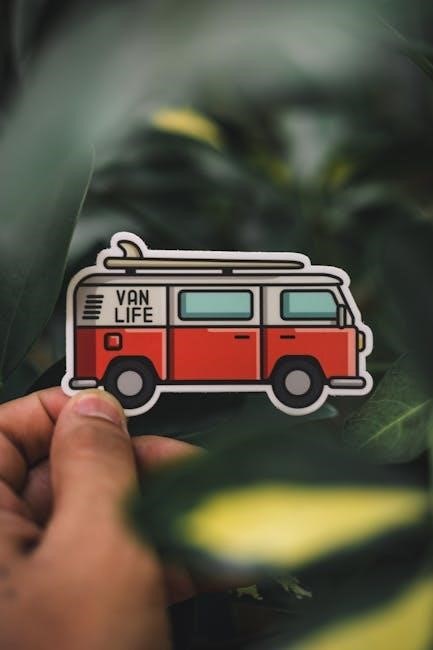
Resources for Troop Leaders
Troop leaders can access official guidelines, activity plans, and educational materials to help girls earn the Junior Camper Badge. These resources provide step-by-step instructions and creative ideas to ensure a successful camping experience.
Official Guidelines and Badge Requirements
The Junior Camper Badge requires girls to complete specific steps, including planning a camping trip, learning outdoor skills, and practicing environmental stewardship. Official guidelines outline the necessary activities, such as setting up camp, starting a campfire, and cooking meals. Girls must also demonstrate an understanding of Leave No Trace principles and safety protocols. Troop leaders can access detailed requirements through the Girl Scout handbook or online resources. These guidelines ensure girls gain practical experience while fostering teamwork and leadership. The badge emphasizes minimal impact camping and prepares girls for future outdoor adventures. By following these steps, girls earn the badge and develop lifelong outdoor skills.
Activity Plans and Educational Materials
To support troop leaders, Girl Scouts provides detailed activity plans and educational materials for earning the Junior Camper Badge. These resources include step-by-step guides, outdoor skill tutorials, and creative ways to engage girls in camping activities. Leaders can access badge-specific pamphlets that outline required tasks, such as planning trips, cooking outdoors, and environmental stewardship. Additionally, videos, worksheets, and games are available to make learning fun and interactive. These materials are designed to help girls build confidence and skills while adhering to badge requirements. They can be found on the Girl Scout website or through local council offices, ensuring leaders have everything needed to guide their troops successfully. These tools make earning the badge an enjoyable and educational experience for all participants.
Earning the Junior Camper Badge empowers girls with essential outdoor skills, fostering confidence and a lifelong connection with nature. It encourages continued exploration and leadership.
The Junior Camper Badge is a cornerstone of Girl Scout outdoor education, teaching girls essential camping skills, environmental stewardship, and teamwork. By earning this badge, girls gain confidence in their ability to plan trips, cook outdoors, and navigate nature safely. It also fosters a deeper appreciation for the environment through Leave No Trace principles. The badge aligns with the Girl Scouts’ mission to empower girls to become capable, compassionate leaders. It serves as a foundation for future outdoor adventures and leadership opportunities, such as higher-level badges and community service projects. Ultimately, the Junior Camper Badge is more than just an award—it’s a stepping stone toward lifelong skills and a connection with the natural world. Earning the Junior Camper Badge is just the beginning of a lifelong journey of outdoor exploration and leadership; By mastering camping skills, girls build confidence to take on new challenges and explore nature independently. The badge fosters a sense of adventure and curiosity, encouraging girls to pursue higher-level outdoor awards, such as the Cadette and Ambassador outdoor badges. It also lays the groundwork for leadership roles, where girls can guide others in outdoor activities and environmental stewardship. The skills learned, such as camping, cooking, and navigation, empower girls to become lifelong outdoor enthusiasts and advocates for nature conservation. This badge is a stepping stone to a future filled with discovery, growth, and a deep connection to the natural world.Summarizing the Importance of the Badge
Encouraging Continued Outdoor Exploration
